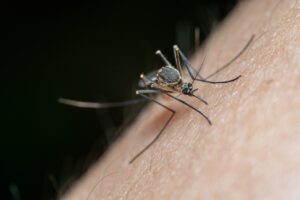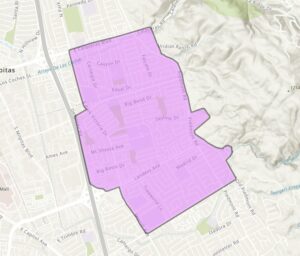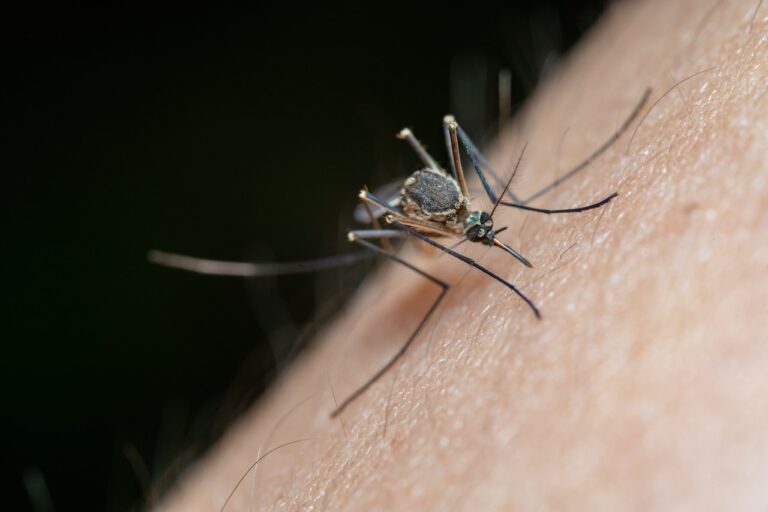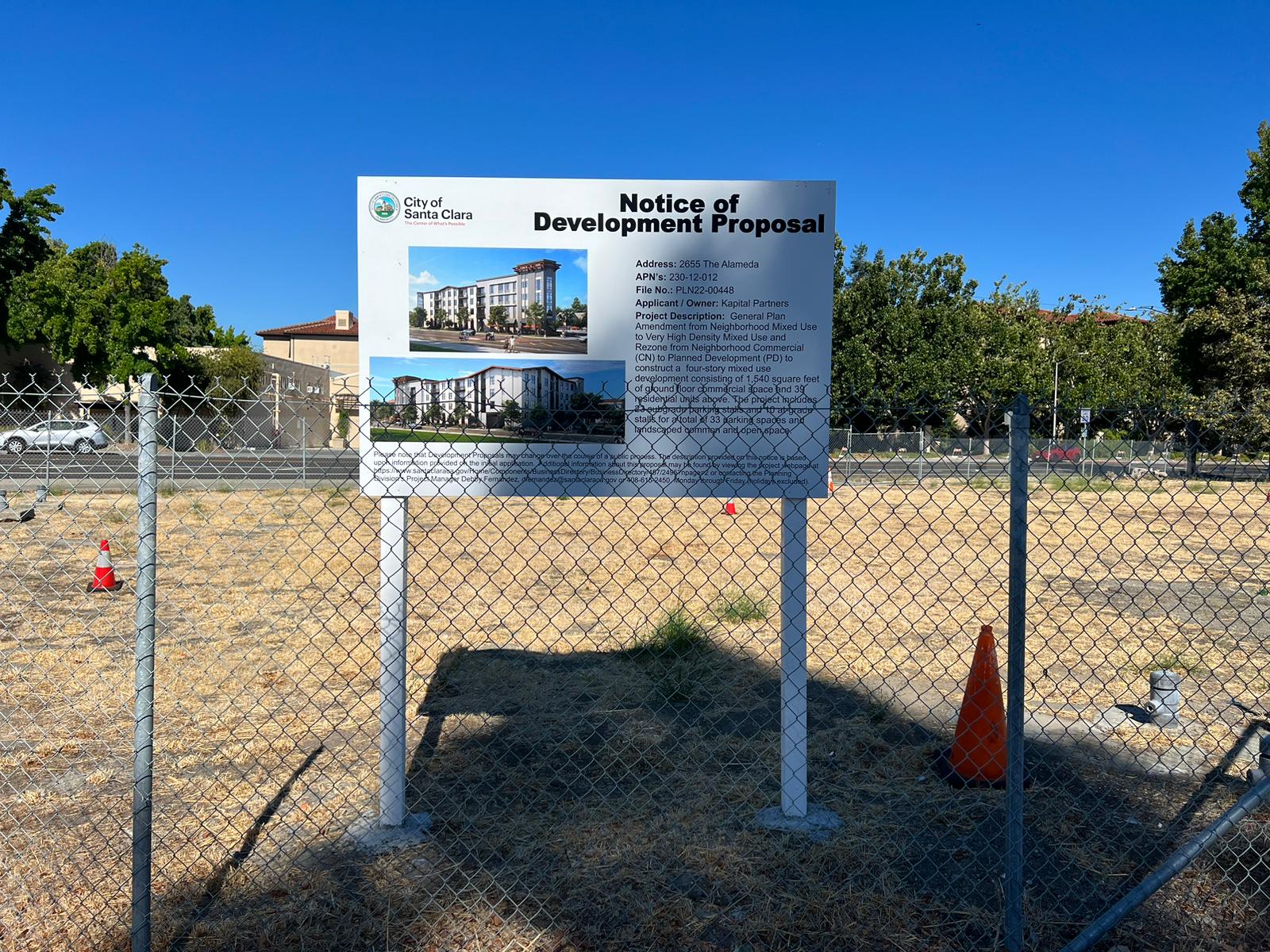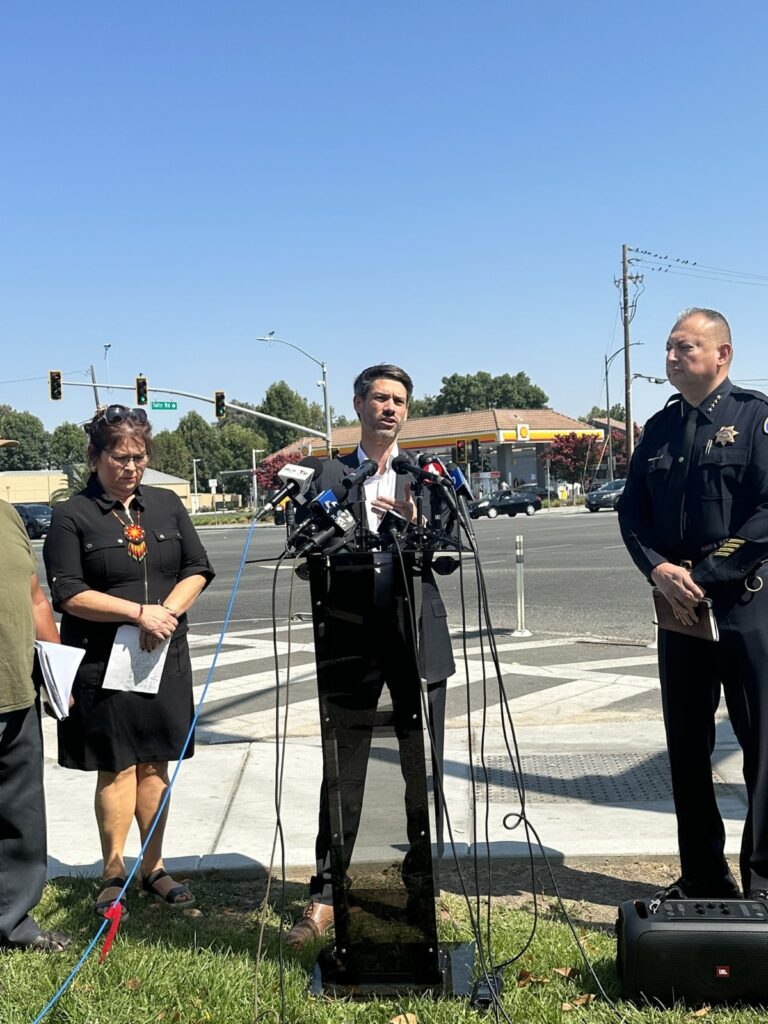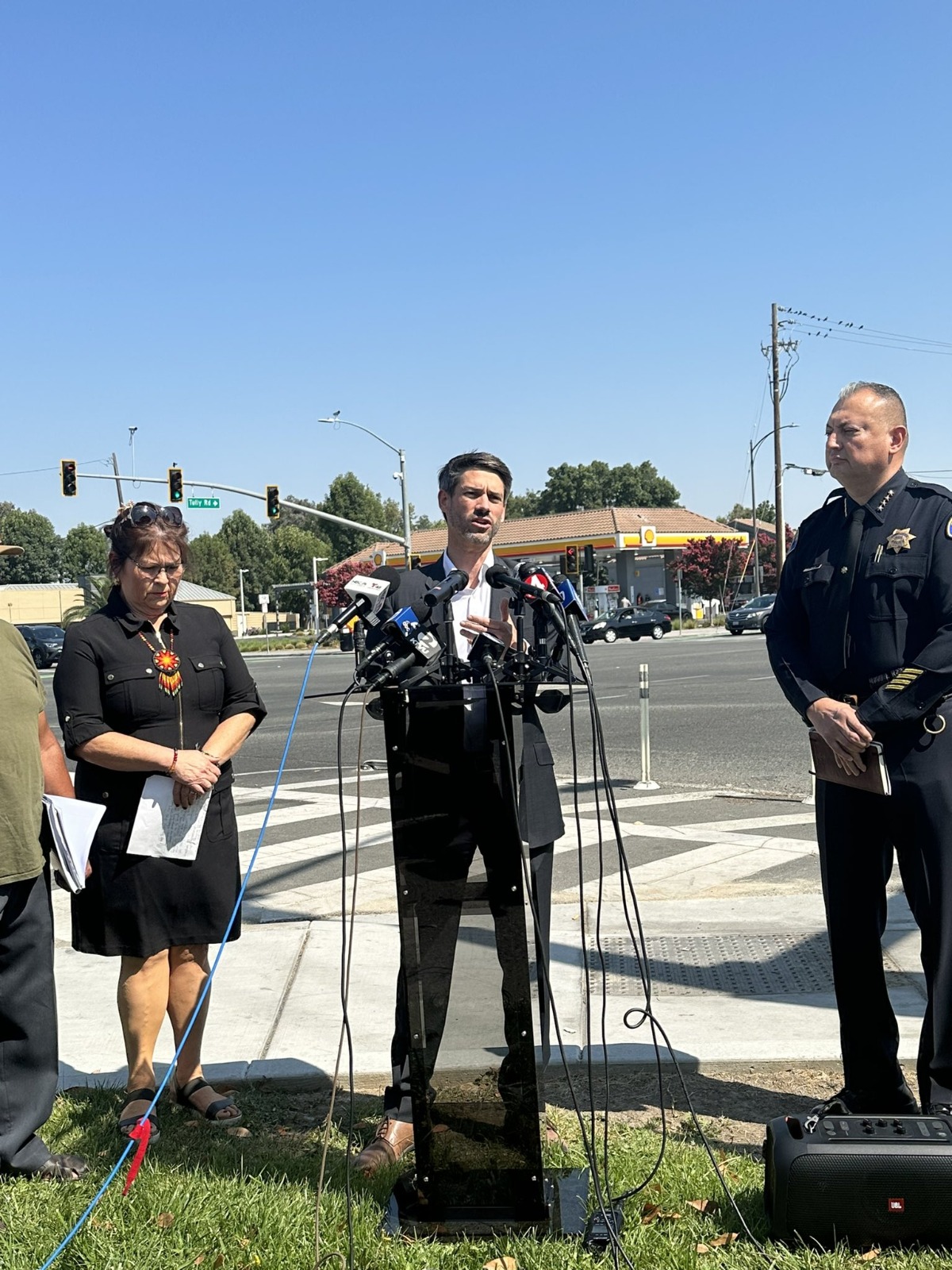
*Realizan estudio de Alzheimer específico en comunidad latina.
Ayer pudo haber olvidado las llaves del auto dentro de la nevera, e incluso no haber recogido un pedido de comida hecho un par de horas atrás, pero, ¿es eso preocupante? ¿Cuándo es un raro descuido o un comportamiento repetitivo que causa estragos en la vida diaria? Saberlo y poner nombre y apellido a una posible enfermedad neurodegenerativa lo más pronto posible, es crucial para una mejor calidad de vida.
Así lo ha señalado la doctora Carla Abdelnour, en entrevista durante el programa de radio Península 360, transmitido cada martes a través de la 1010 AM que se escucha en el Área de la Bahía de San Francisco, donde precisó que, pese a miedos y tabúes, el diagnostico correcto, es de suma importancia.
Of Venezuelan origin, Abdelnour is in a postdoctoral at Stanford, la especialista en enfermedades neurodegenerativas hizo hincapié en conocer más sobre las enfermedades neurodegenerativas que, entre otras, incluye al Alzheimer, Parkinson y cuerpos de Lewy.
¿Qué son las enfermedades neurodegenerativas?
La doctora Abdelnour precisó que las enfermedades neurodegenerativas son una serie de patologías o enfermedades que causan la degeneración del sistema nervioso central.
Para hacerlo más claro, detalló que en el cerebro existen unas células llamadas neuronas, las cuales se comunican entre ellas para hacernos hablar, caminar, interactuar, pensar y muchas otras cosas. Todo lo que nosotros hacemos está coordinado en el sistema nervioso central.
Sin embrago, hay una serie de enfermedades que se asocian al envejecimiento, y cuando nos hacemos mayores aumenta el riesgo de tener estas enfermedades, las cuales, dijo, se cree están asociadas a depósitos anormales de ciertas proteínas, lo que provoca que neuronas se empiecen a morir y cuando eso sucede, las funciones que ellas estaban haciendo empiezan a verse afectadas.
Y es que, dijo, normalmente, al principio se mueren una cantidad de neuronas y las que quedan vivas asumen las tareas de las que se han muerto, pero como el proceso sigue, no hay ninguna estrategia terapéutica actualmente para parar esto. Las neuronas se siguen muriendo, y es cuando aparecen los síntomas, entre ellos el deterioro cognitivo como: la falla de memoria, dificultades para hablar, temblor, rigidez, o dificultades para caminar entre otros.
Frontiers to investigate
La doctora Abdelnou es parte de un equipo de la Universidad de Stanford que está realizando un estudio especifico para el Alzheimer, pero enfocado en la comunidad latina, pues hay poca información sobre como afecta dicha enfermedad neurodegenerativa a este grupo de personas.
El estudio no solo analiza los factores genéticos, pues añade factores sociales y cómo pueden influir en la vulnerabilidad que tiene una persona de desarrollar enfermedad de Alzheimer o no y si la progresión de la enfermedad es más rápida o no.
Entre estos factores están: el nivel educativo, acceso a los sistemas de salud, control de los factores cardiovasculares como la tención alta o la diabetes, entre otros.
«La verdad es que esta es una enfermedad bastante compleja y aparte de la parte genética, que seguro puede formar factores importantes del desarrollo y la vulnerabilidad, también existen factores sociales que pueden influir en esto», subrayó Abdelnour.
Estigmas, tabúes y miedos
Las enfermedades mentales, entre ellas las neurodegenerativas como el Alzheimer, tienen grandes estigmas entre la sociedad, porque el individuo pierde capacidades mentales para vivir en sociedades, al igual que la calidad de vida, destacó la especialista.
«He tenido pacientes que piensan que no quieren ser una carga para su familia y eso da mucho miedo. Yo creo que hay que entender y aceptar que, evidentemente, puede dar mucho miedo saber que existe la posibilidad de padecer alguna de estas enfermedades, pero por otra parte yo he visto el beneficio que tiene dar un diagnóstico a los pacientes y a las familias, y poner nombre y apellido a los síntomas».
Abdelnour explicó que, a lo largo del tiempo, las fallas de memoria estaban asociadas a la edad. La gente ha pensado siempre que es normal que cuando nos hacemos mayores se nos olvidan las cosas, y si bien es cierto que con la edad tenemos más dificultad para encontrar una palabra, o a lo mejor no somos tan rápidos en una conversación, lo que no es normal, es tener fallos cognitivos por ejemplo: fallos de memoria que progresan en el tiempo y que van a más, que al principio son leves pero luego con el tiempo se van haciendo moderadas, y las personas por estas fallas cognitivas no son capaces de hacer las actividades de la vida diaria.
Ante ello, dijo, «se recomienda que cuando cualquier persona empieza a notar fallos cognitivos que son diferentes a su estado basal y que esos fallos progresan, lo recomendable es que acuda al neurólogo para que se haga una visita médica neurológica y una exploración neuropsicológica y se pueda llegar al diagnóstico».
«Hay que respetar la decisión de las personas de no saber, pero también he visto el beneficio que tiene para los pacientes y las familias tener un diagnóstico porque le pones nombre y apellido a los síntomas y entiendes lo que está pasando. Tenemos datos de cómo puede ser la progresión de la enfermedad y cómo tratar los síntomas no solamente cognitivos sino también conductuales, así podemos comenzar a adaptarnos a las situaciones. Se ha visto que, al tener el diagnóstico, puede ayudar a dar manejo a los síntomas y mejorar la calidad de vida de los pacientes. Al final lo que queremos».
one step in favor
En el Alzheimer’s Disease Research Center de la universidad de Stanford existe actualmente un estudio de envejecimiento saludable del cerebro, y en él se busca incluir participantes de la comunidad latinoamericana.
«Creemos que es muy importante conocer cuáles son las características de las enfermedades neurodegenerativas como el Alzheimer, Parkinson o la enfermedad por cuerpos de Lewy en nuestra comunidad».
En ese sentido, explicó que la comunidad latina tiene características particulares, pues es una población que está poco estudiada.
«Creo que, si nosotros en el futuro queremos tener tratamientos y ver como esos pueden ser efectivos en nuestra comunidad, tenemos que entender la enfermedad en nuestra comunidad. No porque haya grandes diferencias biológicas con los blancos caucásicos, sino porque puede haber diferencias de carácter genético, e incluso sociales, que no son desdeñables en cuanto a la profesión de las enfermedades neurodegenerativas».
¿Quieres participar?
Las personas que pueden participar incluyen a personas diagnosticadas con enfermedad de Alzheimer, enfermedades por cuerpos de Lewy, Parkinson, o deterioro cognitivo leve. Se incluye también a voluntarios sanos mayores de 70 años que en principio no tengan ninguna enfermedad.
El estudio también incluye a personas sanas que tengan algún familiar de primer grado como: padre o la madre, que haya padecido alguna enfermedad neurodegenerativa o que la esté padeciendo y que se encuentre entre los 40 y 70 años.
Las personas que estén interesadas pueden contactar a Verónica Ramírez al 650 721 2409 y también al correo electrónico adrcstanford@stanford.edu.
Las personas que deseen participar podrán tener ayuda para su traslado, así como de alojamiento para aquellos que vienen de fuera del área.
You may be interested in: 1 in 5 women have been abused while receiving maternity care
